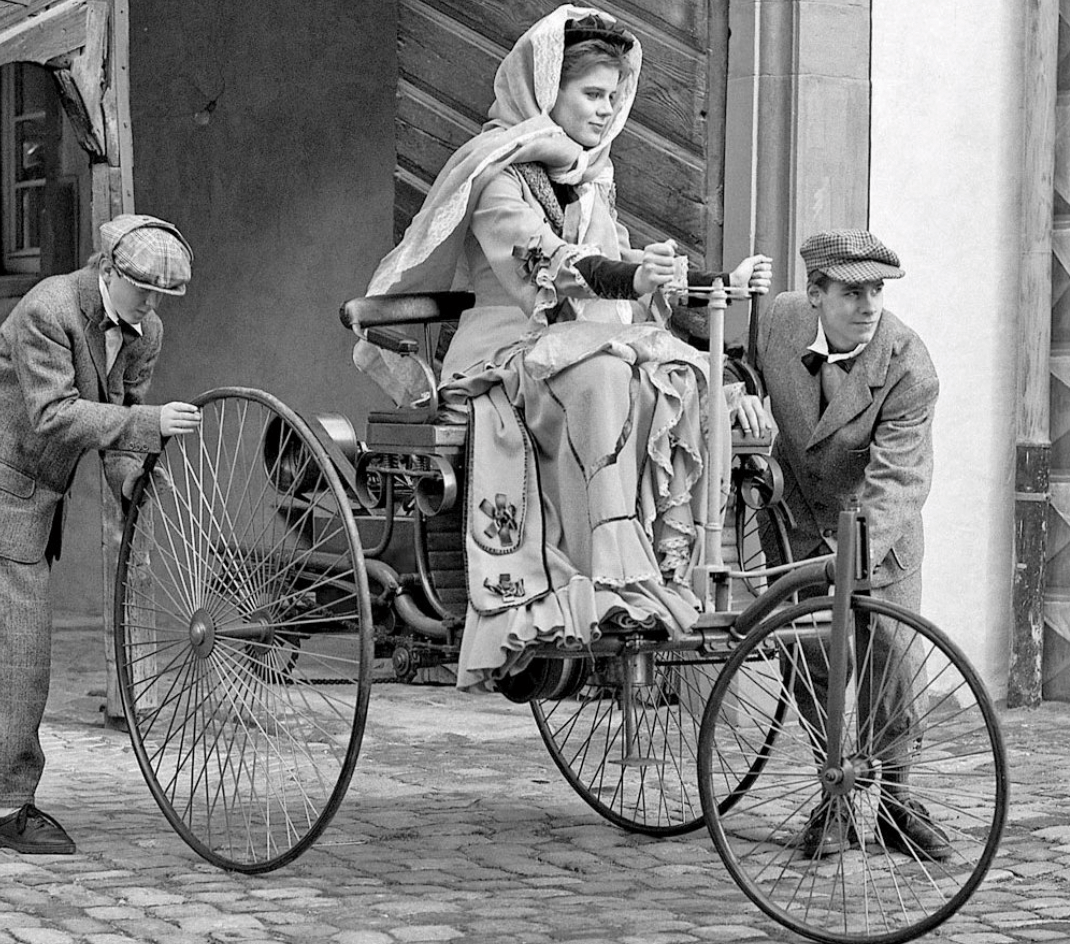Scroll to bottom to see Contest.
The Thrill of the Motor Car
I often talk about the fashion of the eras that I write, but I find the automobiles fascinating as well. This week there was a car show in my area and I came across this beauty, a 1932 Ford. As it so happens, the 6th book in the Higgins & Hawke series ~ DEATH AT KING'S CHAPEL ~ is set in 1932, so I was intrigued. Can you imagine the roadways in the 30s dotted with these vehicles? I can only imagine how exciting people felt to get behind a wheel and drive!

The steering wheel is so large, a feature that lasted beyond the fifties, probably until power steering was invented. I'm of a age that I've had a taste of what it's like to drive a car without power steering (and running on leaded gasoline), but most younger people don't know how good they've got it, lol.

In the Higgins & Hawke series, Haley Higgins drives a 1928 DeSoto.

The DeSoto make was founded by Walter Chrysler on August 4, 1928, and introduced for the 1929 model year. It was named after the Spanish explorer Hernando de Soto. The DeSoto logo featured a stylized image of the explorer who led the first European expedition deep into the territory of the modern-day United States (Florida, Georgia, and Alabama), and was the first documented European to have crossed the Mississippi River.
In Death at King's Chapel, Haley and Samantha spend time driving together in the DeSoto as they chase down a suspect. Now you can imagine what that would look like.
A woman's contribution to the development of the automobile.
The concept of a self-propelled vehicle dates back to the late 18th and early 19th centuries. Karl Benz is credited with creating the first true automobile, the "Motorwagen," in 1886. This three-wheeled vehicle, powered by a single-cylinder gasoline engine, is widely regarded as the birth of the modern automobile. Around the same time, Gottlieb Daimler and Wilhelm Maybach developed a four-wheeled vehicle with a high-speed engine, patented in 1889, which laid the groundwork for future car designs and marked the beginning of Germany's automobile industry .
Karl's wife, Bertha Benz, played a pivotal role in the development and popularization of the early automobile through financial support, practical testing, technical improvements, and advocacy.

Financial Support
Bertha Benz provided essential financial backing for Karl Benz’s automotive endeavors. She invested her dowry into her husband’s workshop and the development of his automobile, the Benz Patent-Motorwagen. This funding was crucial during the early stages when resources were scarce and enabled Karl to focus on his inventions without the immediate pressure of financial constraints .
Practical Testing and Public Endorsement
In 1888, without her husband's knowledge, Bertha Benz undertook the first long-distance automobile journey, traveling approximately 66 miles from Mannheim to Pforzheim. This trip was both a test of the vehicle’s reliability and a strategic publicity move. By successfully completing this journey, Bertha demonstrated the practicality of the automobile, proving it could handle long distances and everyday use. Her journey garnered significant public attention and media coverage, effectively marketing the Benz Patent-Motorwagen and highlighting its viability as a mode of transportation .
Technical Improvements
During her journey, Bertha Benz identified several technical issues and made on-the-spot repairs and improvements:
- Brake Lining: She realized the brakes were insufficient for the long journey and had a shoemaker cover the brake blocks with leather, leading to the invention of brake lining.
- Fuel Availability: Bertha had to stop at pharmacies to buy ligroin (petroleum ether) for fuel, highlighting the need for fuel stations and thus contributing to the concept of modern fuel stations.
- Engine Troubleshooting: She fixed minor issues such as a blocked fuel line using her hatpin and a broken ignition using her garter, showcasing practical problem-solving skills and highlighting aspects of the car that needed refinement .
Advocacy and Cultural Impact
Bertha Benz’s journey and advocacy significantly changed public perception about automobiles, making them more acceptable and desirable. Her confidence and determination inspired others to consider the possibilities of motorized transport. She also broke gender norms of the time by engaging in engineering and driving, traditionally male-dominated areas .
Here is an artistic re-enactment of the event.
Fun Facts
Here are five fun facts about what it was like to drive in the USA in 1932:
1. Affordable Cars:
- Ford Model B: In 1932, the Ford Model B was one of the most popular cars. It was affordable and featured advanced technology for its time, including a four-cylinder engine or an optional V8 engine.
- Source: Ford Heritage
2. Road Infrastructure:
- Road Conditions: The road infrastructure was still developing, with many rural roads being unpaved and poorly maintained. Driving on these roads required sturdy vehicles and careful navigation.
- Highways: The Federal Highway Act of 1921 had started to improve road networks, but interstates as we know them did not exist yet.
- Source: Federal Highway Administration
3. Traffic Signals:
- Manual Signals: Traffic signals were often manually operated by police officers in urban areas. The first automated traffic signals were still being installed in various cities.
- Colored Lights: Red and green lights were standard, but yellow lights were not universally adopted yet.
- Source: History of Traffic Lights
4. Gas Prices and Availability:
- Cheap Gas: Gasoline was incredibly cheap compared to today, costing around 10-20 cents per gallon.
- Service Stations: Gas stations often provided full service, including checking oil, cleaning windshields, and tire pressure.
- Source: History of Gas Prices
5. Driving Culture:
- Road Trips: The concept of road trips was gaining popularity. Families would pack their cars and travel to national parks or tourist attractions.
- Driving Attire: Drivers and passengers often dressed up for a drive, with women wearing hats and gloves, and men in suits or hats.
- Source: Smithsonian Magazine
Don't miss the next installment of the Higgins & Hawke Mystery series!
Do you like antique vehicles? Do you think it would've been more enjoyable to drive back in the day than it is now?



3 comments
Love the details of early car history. Never heard them before! I love that Mrs. Benz was so involved and that those German inventors created such good cars that we still know the names today. I remember hearing about the DeSoto, but didn’t know it was a Chrysler product!
I do, barely, remember the big steering wheels and unpowered steering. I cannot imagine having to drive something like a Ford Model B on unpaved roads. Seems like it would rattle you to pieces. I have early memories of humming as I bounced in my dad’s truck, letting the bouncing make the tune as I made the noise. I think it amused my dad as much as it irritated him!
I love that Haley drives a DeSoto. Our family used to drive a 1955 sky blue DeSoto station wagon. The memories…!
———
Shop Lee Strauss replied:
That is so cool!
That was so interesting. Our first car, back in 1958/59 was an Austin 7, 1936 model, we paid 50 GB Pounds for it, and sold it for the same amount a year later. It had a small sunroof that opened to let air in!!! and side flippers to indicate turning !!! Stick gears of course!!! this was in the UK.
———
Shop Lee Strauss replied:
Sounds like a fun car!